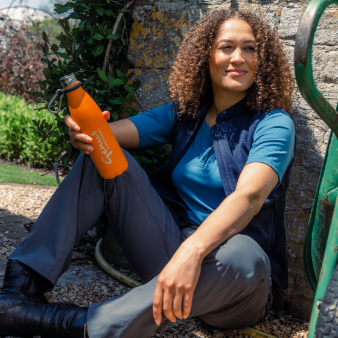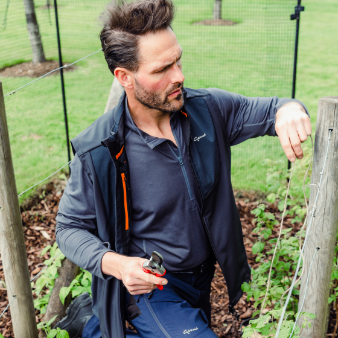Build it and they will come

The pond at Genus HQ is an endless source of pleasure for us. It was one of the first additions we made to the garden over ten years ago and has repaid the time and effort we took to create it immeasurably. From the spawning of toads in spring, to watching the developing tadpoles, and their final migration in late summer onto the lawn and off into the borders - it’s endlessly fascinating.
Dragonflies are frequent visitors patrolling the margins of the pond, enthralling us with their aerial gymnastics as they hover, swoop, and dart after midges and flies that make up a large proportion of their diet. They lay their eggs amongst the pondside vegetation and the tiny nymphs make their way into the water, where as voracious predators they spend up to 3 years terrorising other aquatic inhabitants. Hiding amongst the water plants they shoot out their extendable mouthparts to grasp any passing tadpole or small fish. During this subaquatic period they can moult their skin up to 14 times before eventually climbing up a reed stem, splitting their skin and emerging as a fully formed adult.
Our picture shows the empty skin or exuvia, several of which we spotted while clipping the grass around the edges. The well known saying ‘build it and they will come’ has certainly been true for us.







